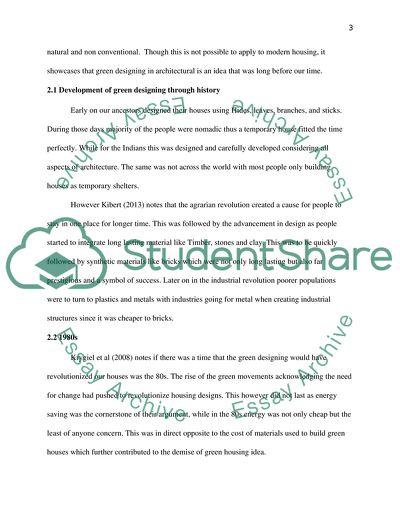Cite this document
(Engineering and Construction Cost Effective Low Carbon Buildings Report Example | Topics and Well Written Essays - 3250 words, n.d.)
Engineering and Construction Cost Effective Low Carbon Buildings Report Example | Topics and Well Written Essays - 3250 words. https://studentshare.org/engineering-and-construction/1808911-cost-effective-low-carbon-buildings
Engineering and Construction Cost Effective Low Carbon Buildings Report Example | Topics and Well Written Essays - 3250 words. https://studentshare.org/engineering-and-construction/1808911-cost-effective-low-carbon-buildings
(Engineering and Construction Cost Effective Low Carbon Buildings Report Example | Topics and Well Written Essays - 3250 Words)
Engineering and Construction Cost Effective Low Carbon Buildings Report Example | Topics and Well Written Essays - 3250 Words. https://studentshare.org/engineering-and-construction/1808911-cost-effective-low-carbon-buildings.
Engineering and Construction Cost Effective Low Carbon Buildings Report Example | Topics and Well Written Essays - 3250 Words. https://studentshare.org/engineering-and-construction/1808911-cost-effective-low-carbon-buildings.
“Engineering and Construction Cost Effective Low Carbon Buildings Report Example | Topics and Well Written Essays - 3250 Words”. https://studentshare.org/engineering-and-construction/1808911-cost-effective-low-carbon-buildings.


